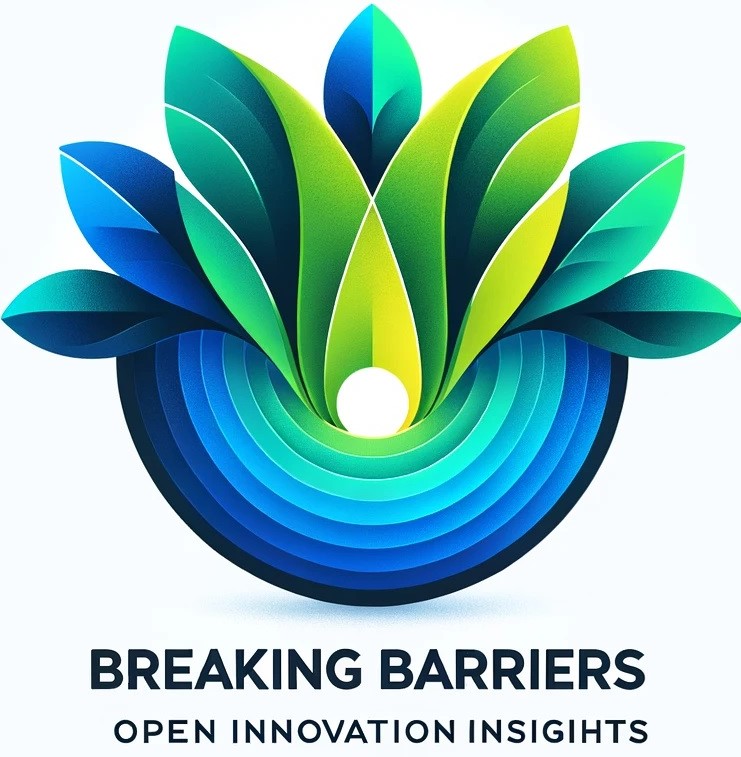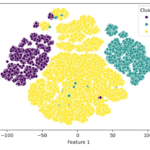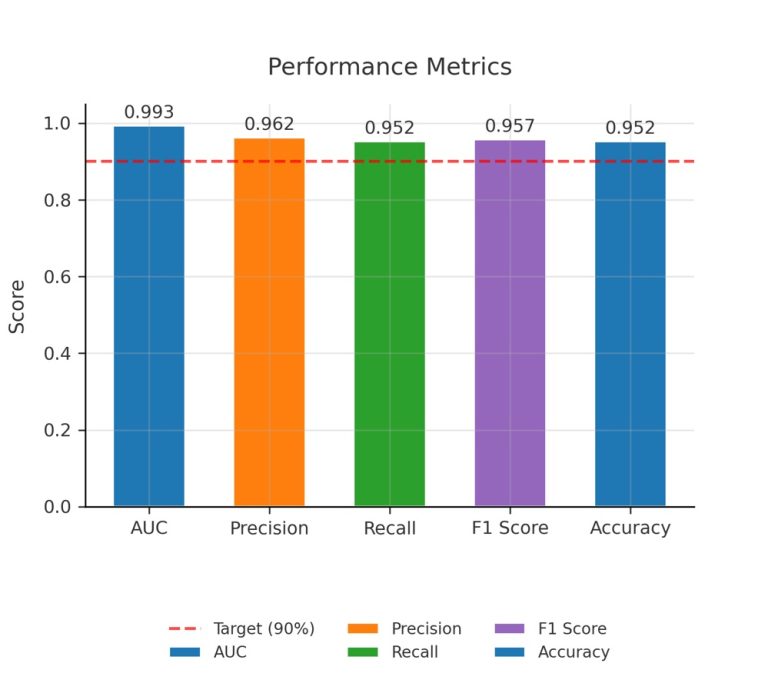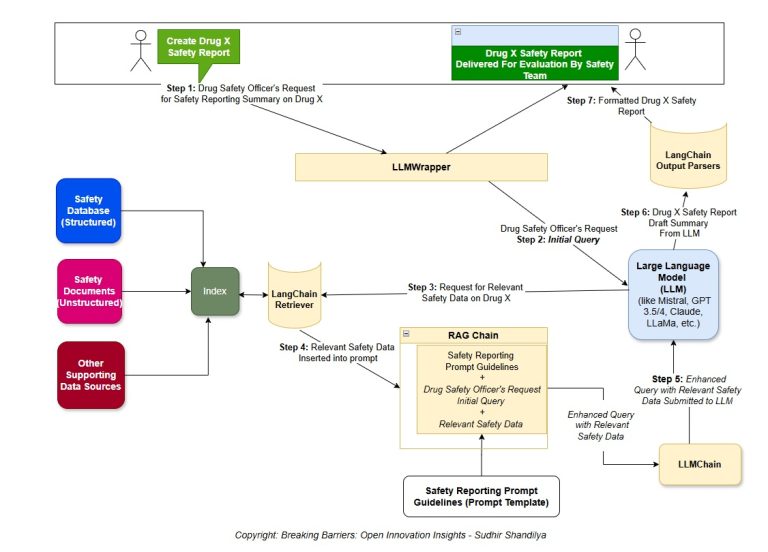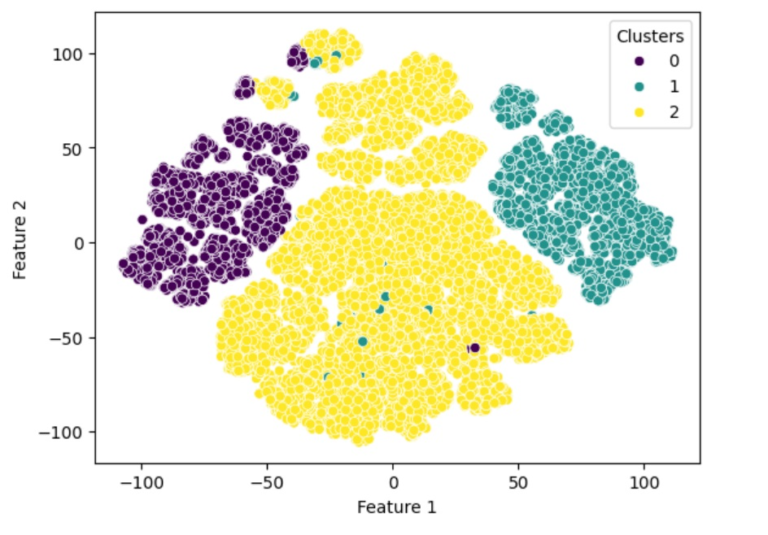In the age of digital transformation, the wellness industry is ripe for innovation. The Wellness-as-a-Service (WaaS) concept is emerging as a transformative approach, blending technology, personalized health, and continuous care into a seamless service. WaaS leverages the power of data analytics, machine learning, and user-centric design to deliver personalized wellness plans, actionable insights, and real-time health monitoring. This article explores the foundations of creating a WaaS platform, focusing on the necessary data platforms and architectural needs to bring such a service to life.
WaaS is not just an application; it’s a holistic ecosystem that supports individuals in achieving their health and wellness goals. It combines various data sources, including wearables, mobile health apps, and medical records, to offer personalized health advice and interventions. WaaS platforms can help users make informed decisions about their health, encourage positive lifestyle changes, and potentially prevent chronic diseases.
Critical Components of a WaaS Platform
- User Data Collection: The backbone of any WaaS platform is its ability to collect and process data from a wide range of sources. This includes wearables for tracking physical activity and vitals, dietary tracking apps, and electronic health records (EHRs). Ensuring compatibility and seamless integration with these data sources is critical for providing a comprehensive view of an individual’s health.
- Data Analytics and Machine Learning: Once data is collected, the next step is to analyze it to extract meaningful insights. Using machine learning algorithms, a WaaS platform can identify patterns, predict health trends, and offer personalized recommendations. For instance, it could predict potential health risks based on a user’s activity levels, sleep patterns, and historical health data, offering timely interventions.
- User Interface (UI) and Experience (UX): A WaaS platform’s success heavily relies on its user interface and overall experience. The interface should be intuitive, engaging, and accessible, encouraging users to interact with the platform regularly. The design should facilitate easy access to personalized insights, recommendations, and health-tracking features.
- Privacy and Security: Given the sensitive nature of health data, maintaining privacy and security is critical. Implementing robust encryption methods, secure data storage solutions, and compliance with regulations like HIPAA (Health Insurance Portability and Accountability Act) is essential.
Building the Architecture for WaaS
- Cloud-Based Infrastructure: Due to the vast amounts of data they handle, a scalable cloud-based infrastructure is ideal for WaaS platforms. Cloud services offer flexibility, scalability, and robust security features, providing a solid foundation for building and expanding WaaS offerings.
- Data Lakes for Storage: Implementing a data lake allows storing vast amounts of structured and unstructured data. This is crucial for WaaS platforms that aggregate data from diverse sources, enabling advanced analytics and machine learning processes.
- Microservices Architecture: Adopting a microservices architecture can enhance the scalability and flexibility of WaaS platforms. Developers can update and improve specific features by decomposing the platform into more minor, independently deployable services without disrupting the entire system.
- APIs for Integration: APIs (Application Programming Interfaces) are critical for integrating external data sources, such as wearables and EHR systems, into the WaaS platform. They enable seamless data exchange and interoperability between different technologies and platforms.
- Security and Compliance Layer: Incorporating a dedicated security layer ensures that all data handling and processing comply with relevant privacy laws and standards. This layer should include mechanisms for data encryption, access control, and regular security audits.
Building a Wellness-as-a-Service platform requires a thoughtful approach to data collection, processing, and user engagement. By focusing on the architectural and technological foundations outlined above, developers can create a WaaS platform that offers personalized health insights and recommendations and prioritizes user privacy and security. As the wellness industry evolves, WaaS platforms stand at the forefront of this change, offering a new paradigm for personal health and preventive care in the digital age.
